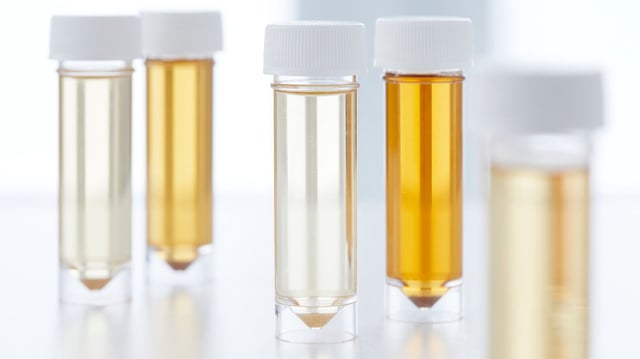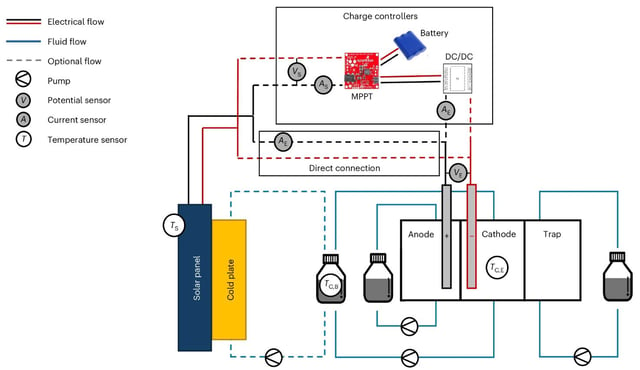Overview
- The Nature Water study details a photovoltaic–thermal electrochemical stripping system that captures ammonia from urine and stores it as ammonium sulfate fertilizer.
- Integrating heat from the back of solar panels increased electrical output by nearly 60% and raised ammonia recovery efficiency by more than 20% versus earlier designs.
- The lab-scale, electricity-driven reactor was operated for 40 days, and the team is developing a larger prototype with roughly triple the reactor capacity to boost throughput under sunlight.
- Techno-economic modeling projects revenues up to $4.13 per kilogram of nitrogen recovered in Uganda, more than double estimated earnings in the United States.
- By removing nitrogen from urine, the system makes remaining liquid safer to discharge or reuse for irrigation, offering off-grid sanitation and resource recovery where wastewater treatment is limited.

